Cooperation elevation bodes well for India-Vietnam investing
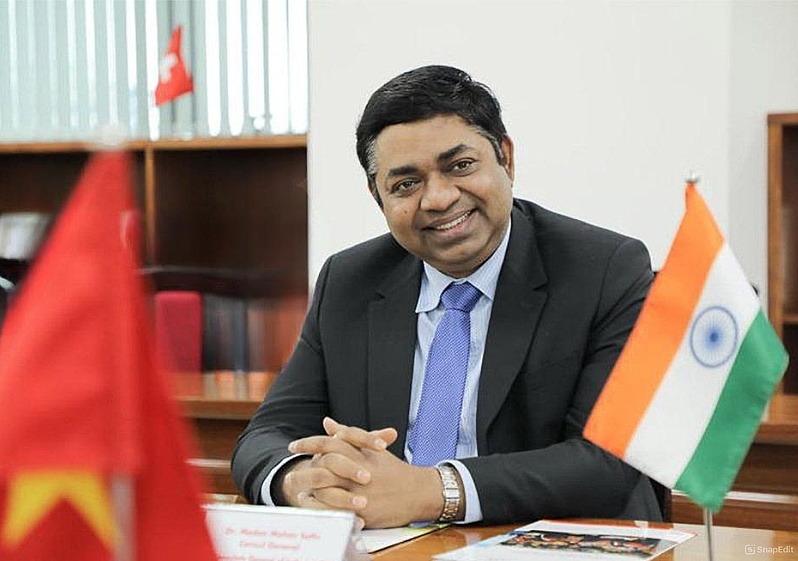 |
| Dr. Madan Mohan Sethi, consul general of India in Ho Chi Minh City |
Could you shed some light on the important milestones of the Vietnam-India Comprehensive Strategic Partnership (CSP)?
The Vietnam-India relationship has witnessed significant progress, particularly following the establishment of the CSP framework, bolstered by high-level visits between the two nations. This framework has introduced effective cooperation mechanisms, fostering deeper engagement across a broad spectrum of areas.
The CSP encompasses diverse areas of collaboration, including political-diplomatic relations, defence-security, economic ties, science and technology, culture and education, and people-to-people exchanges. By covering such a wide range of sectors, the CSP enables more profound and substantive cooperation between Vietnam and India.
The strengthening of our bilateral relationship reflects the increasing importance that both countries place on each other within their respective foreign policies and regional strategies. This enhanced strategic relationship is a testament to our mutual commitment to deepening collaboration.
One of the primary objectives of the CSP is to strengthen the economic partnership between Vietnam and India, with a particular focus on boosting trade, investment, and cooperation in key sectors such as agriculture, energy, infrastructure, and pharmaceuticals.
Additionally, the CSP provides a robust framework for Vietnam and India to closely coordinate on regional and global issues of shared interest, including security dynamics in the Indo-Pacific, reforms in global governance institutions, and climate change. Both countries also work together closely in multilateral forums, such as the United Nations, the ASEAN Regional Forum, and the ASEAN Defence Ministers’ Meeting Plus.
How does the Vietnam-India CSP boost investment and trade ties between our two countries?
It is poised to significantly enhance bilateral investment and trade relations through several key initiatives.
Firstly, under the CSP, both countries have agreed to streamline investment procedures, creating more favourable conditions for investors from both sides. This includes identifying and facilitating high-potential projects, particularly in sectors such as infrastructure, manufacturing, services, and high-tech industries.
The CSP also emphasises collaboration between investment promotion agencies and the establishment of an India-Vietnam business forum, aimed at increasing private sector participation. Moreover, the CSP sets an ambitious target to elevate bilateral trade from the current level of approximately $15 billion to $20 billion by 2025.
To achieve this goal, both countries have committed to removing tariff and non-tariff barriers, enhancing market access, and simplifying customs and logistics procedures to facilitate smoother trade flows. Additionally, there is a mutual interest in exploring the possibility of a bilateral free trade agreement or a preferential trade agreement to further strengthen commercial ties.
Key sectors identified for focused trade and investment cooperation include agriculture, pharmaceuticals, IT, renewable energy, and defence production. By concentrating on these areas, Vietnam and India can leverage their respective strengths and complementarities to expand economic engagement.
Furthermore, the CSP establishes various institutional mechanisms, such as the India-Vietnam Joint Commission and the Joint Working Group on Trade, which provide strategic guidance and regular reviews of investment and trade matters. These platforms enable continuous dialogue, effective problem-solving, and the identification of new opportunities for collaboration.
Aligning economic engagement with regional frameworks like the ASEAN-India Free Trade Area and the Regional Comprehensive Economic Partnership is another important aspect of the CSP. This alignment helps to integrate our economies into broader regional supply chains and investment networks.
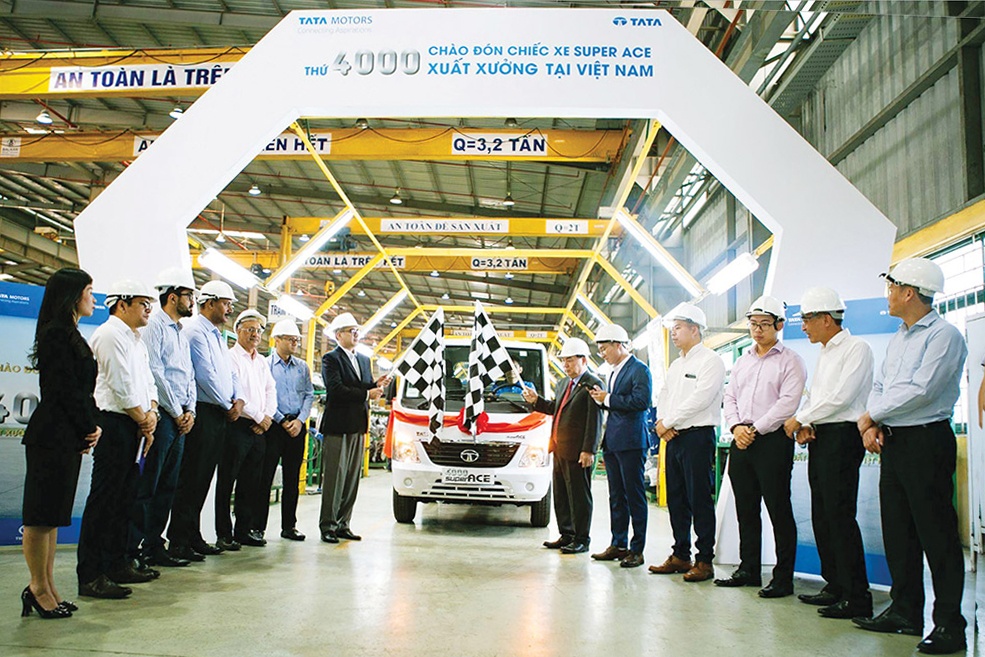 |
| The new strategic level for India and Vietnam will mean more significant investments from the former into the latter, Photo Le Toan |
India has been on a mission to transform itself into a high-tech manufacturing hub. What are the opportunities for Vietnam and India to strengthen technological partnerships in critical industries?
There are substantial opportunities for strengthening technological collaboration, particularly in high-tech manufacturing and emerging technologies.
India is making significant investments to develop its semiconductor manufacturing capabilities, supported by initiatives like the $10 billion Production Linked Incentive scheme. Vietnam, with its well-established electronics manufacturing base, could play a pivotal role as a production and export hub for semiconductor and electronics components destined for the Indian market. Both countries can collaborate on joint research and development, technology transfers, and the establishment of semiconductor design and testing facilities.
Regarding rare earth elements, Vietnam is one of the world’s leading producers, which are critical for manufacturing high-tech products, including electronics, electric vehicles, and renewable energy equipment. India, currently reliant on imports of these elements, is seeking to diversify its supply sources. The CSP provides a framework for joint exploration, mining, and processing of rare earth resources, along with the development of robust supply chains between our two nations.
In the realm of AI and emerging technologies, both India and Vietnam have been making significant strides. The CSP can facilitate collaboration between research institutions, technology companies, and startups in both countries to co-develop AI solutions, share best practices, and explore joint ventures. Potential areas of cooperation include smart cities, healthcare, agriculture, and financial technologies.
Digital transformation and IT services represent another promising area for collaboration. India’s well-established IT services sector and Vietnam’s growing digital economy create opportunities for joint projects that leverage complementary capabilities. Projects in cloud computing, cybersecurity, data analytics, and digital infrastructure development could greatly benefit both countries. Vietnam, in particular, can tap into India’s expertise in IT services and software development to further enhance its own digital capabilities.
Finally, the CSP can support innovation and entrepreneurship by fostering the exchange of best practices, knowledge sharing, and the creation of joint accelerators and incubators. These efforts can spur the development of cutting-edge technologies and nurture high-tech industries in both Vietnam and India.
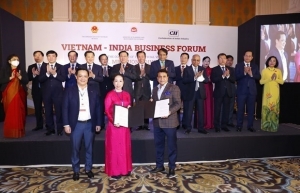 | Vietnam, India see extensive room for trade-investement cooperation: forum Vietnam and India have plenty of room for expanding their cooperation in both trade and investment, especially in the fields of digital, supporting industries, e-commerce, retail, and agricultural production, said participants at the 2nd Vietnam - India business forum held in Ho Chi Minh City on March 17. |
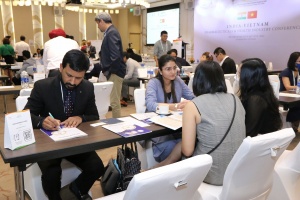 | Vietnam and India eagerly explore partnerships in healthcare and pharmaceuticals Vietnam's fast-growing healthcare and pharmaceutical market is fertile land for Vietnamese and Indian businesses to explore partnership opportunities. |
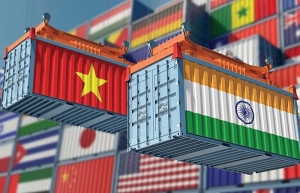 | Vision enriching interest from India Countries like Japan and South Korea have been lead investors in Vietnam, as we see from their capital figures and number of projects. We have also seen in recent times that a few ASEAN players like Thailand and the Philippines have emerged as significant investors in Vietnam. Singapore, in addition, has been an important partner to route businesses and sustains fair business practices in the region. |
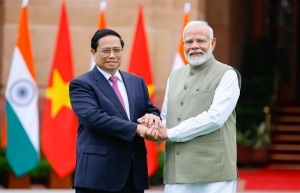 | Vietnam, India issue joint statement Vietnam and India issued a Joint Statement on Strengthening of the Comprehensive Strategic Partnership between Vietnam and India on the occasion of Prime Minister Pham Minh Chinh’s State visit to India from July 30-August 1. |
What the stars mean:
★ Poor ★ ★ Promising ★★★ Good ★★★★ Very good ★★★★★ Exceptional
Related Contents
Latest News
More News
- Partnerships drive sustainable finance (January 07, 2026 | 09:23)
- FDI inflows reach $38.42 billion in 2025 (January 06, 2026 | 17:55)
- $2.1 billion Nghi Son LNG-fired thermal power plant waits for investor (January 06, 2026 | 17:51)
- GE Vernova powers up Vietnam with first 9HA gas power plant in the country (January 06, 2026 | 16:54)
- Solid finish for manufacturing after volatile year (January 06, 2026 | 08:50)
- Meiko strengthens Vietnam operations with new PCB plants (January 06, 2026 | 08:49)
- Ho Chi Minh City backs $2 billion AI data centre with dedicated task force (January 06, 2026 | 08:43)
- PM sets January deadline for high-speed rail consultant (January 06, 2026 | 08:40)
- New decree spurs on PPP implementation (December 31, 2025 | 19:01)
- Global alliance develops $1 billion AI data centre network in Vietnam (December 30, 2025 | 10:08)

 Tag:
Tag:
















 Mobile Version
Mobile Version